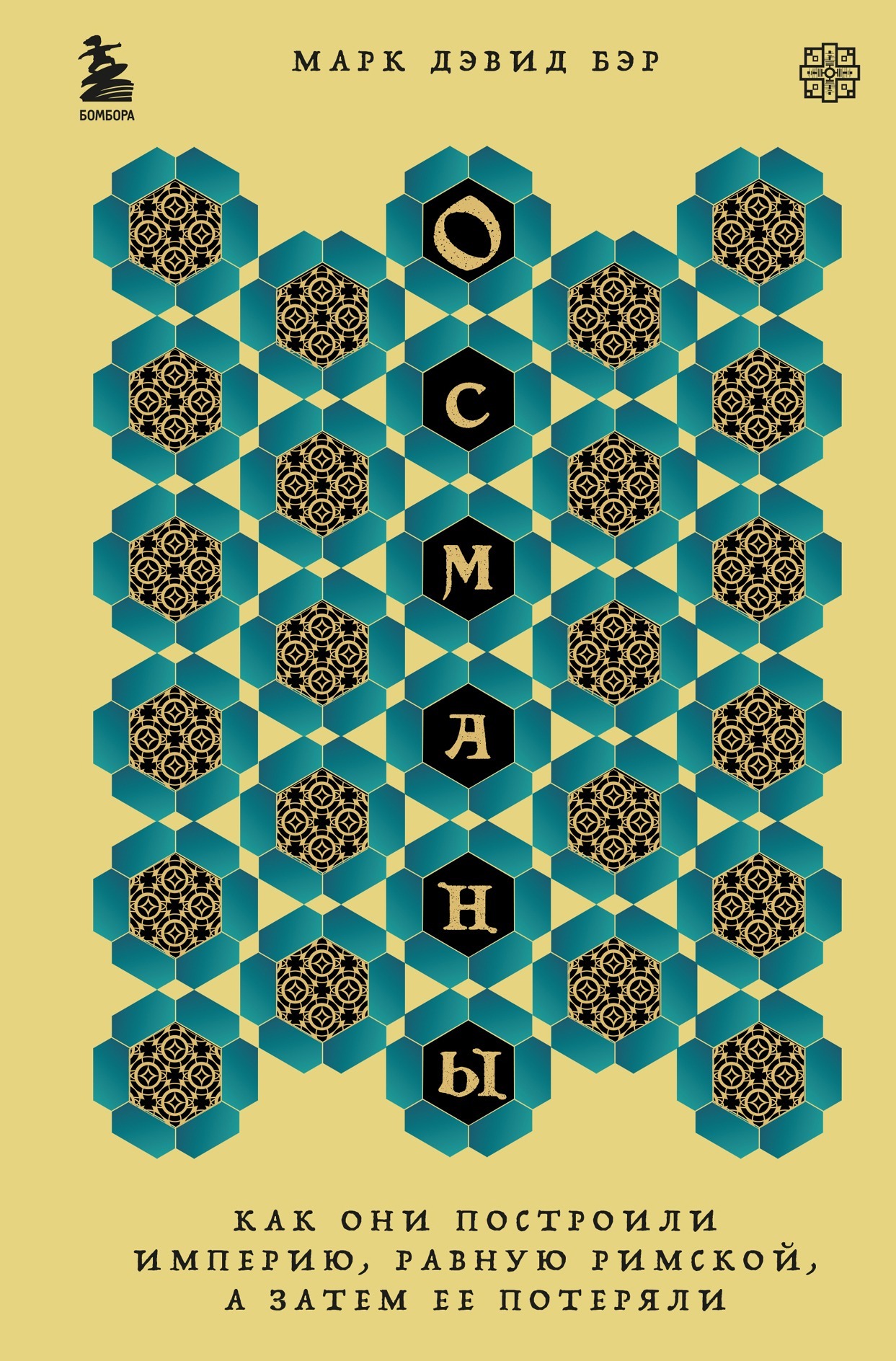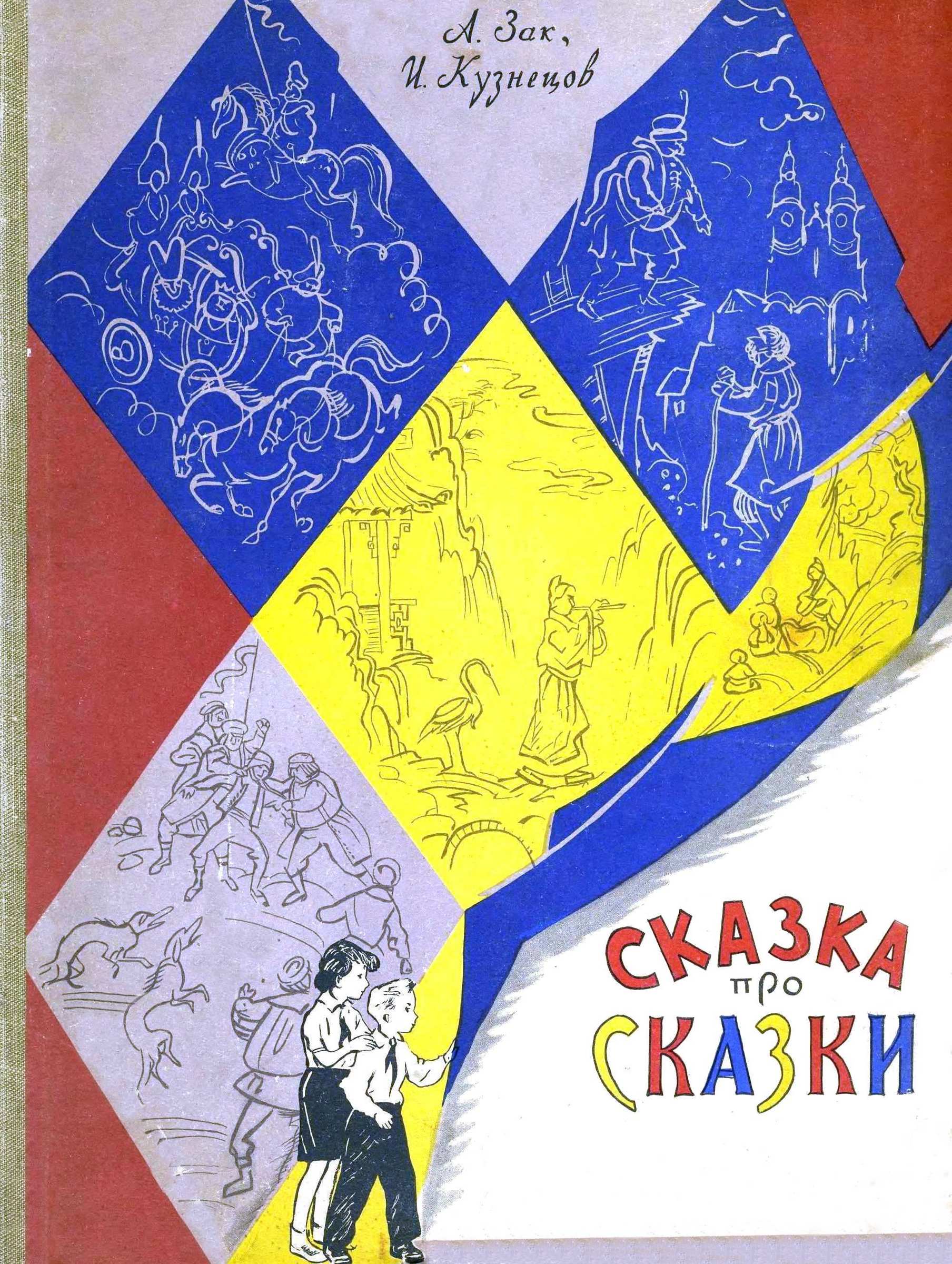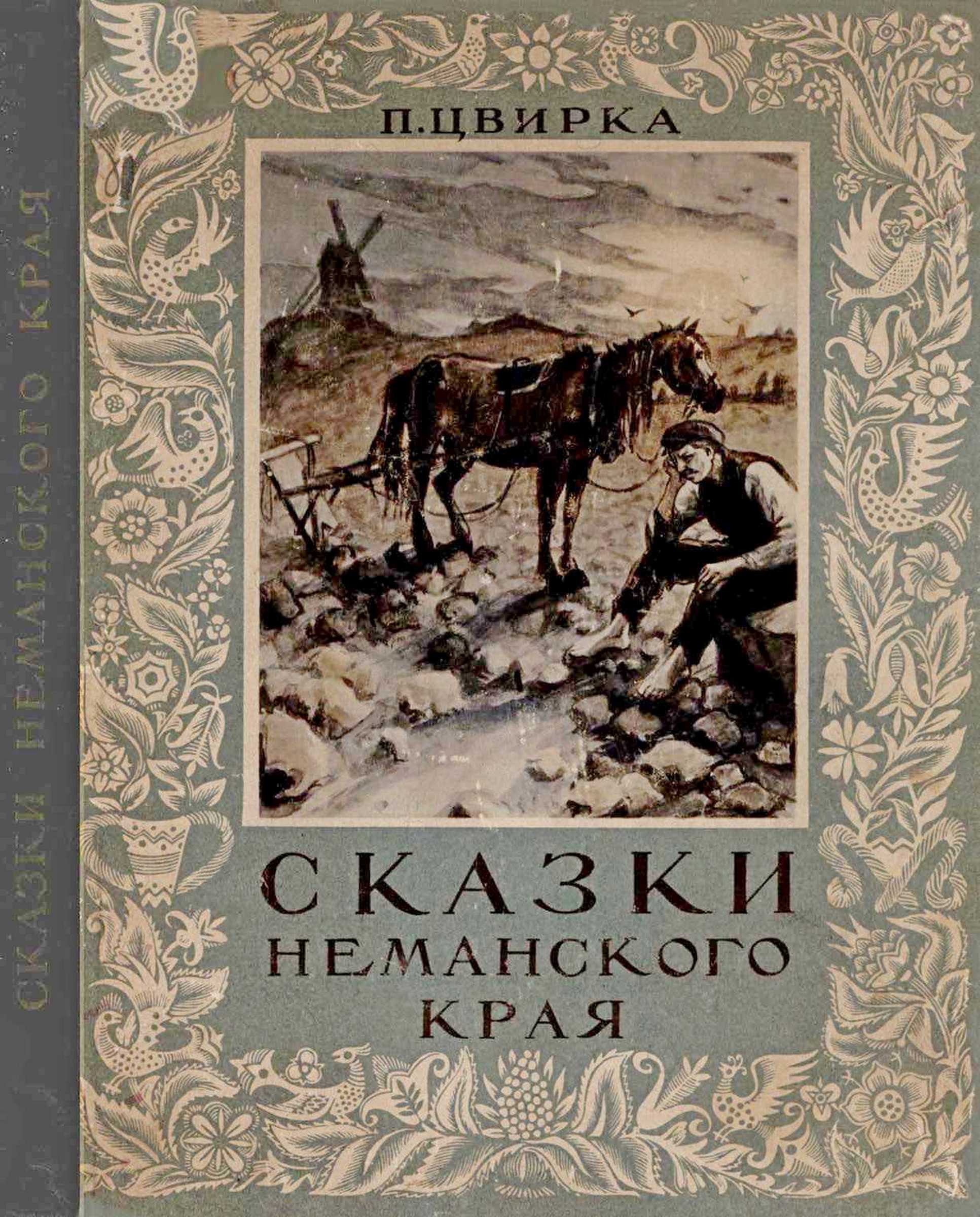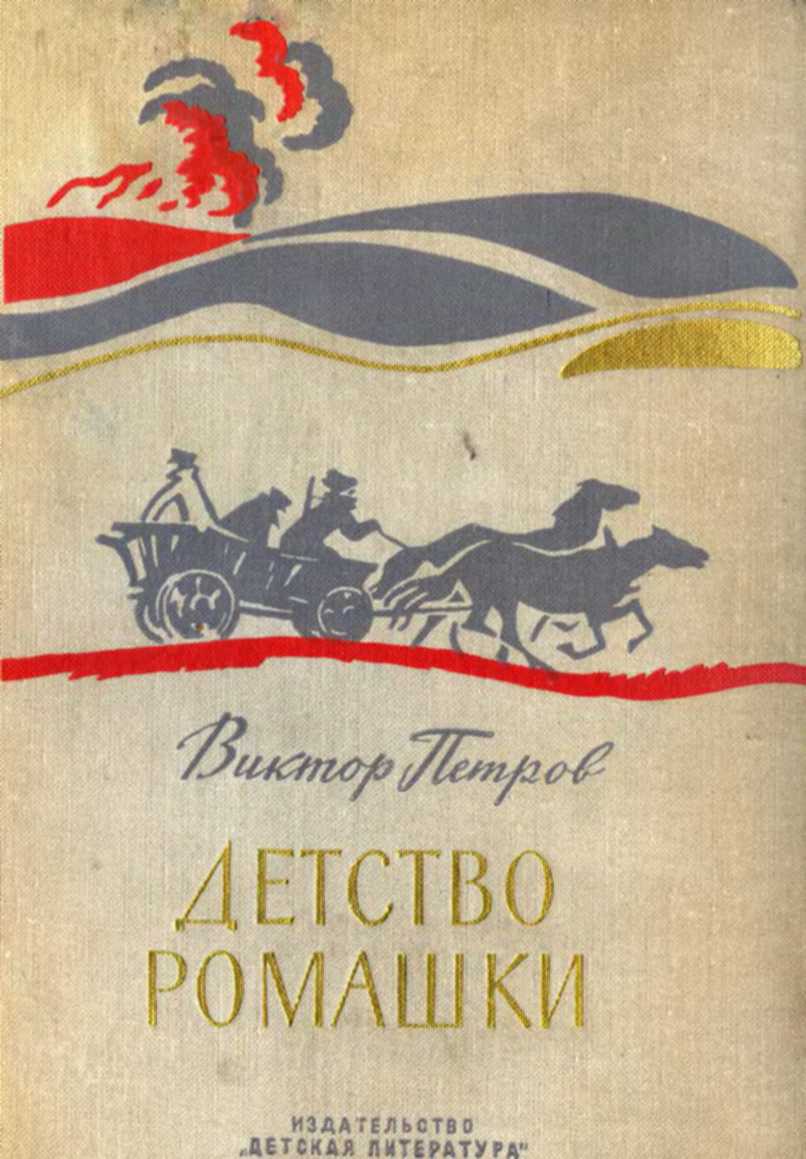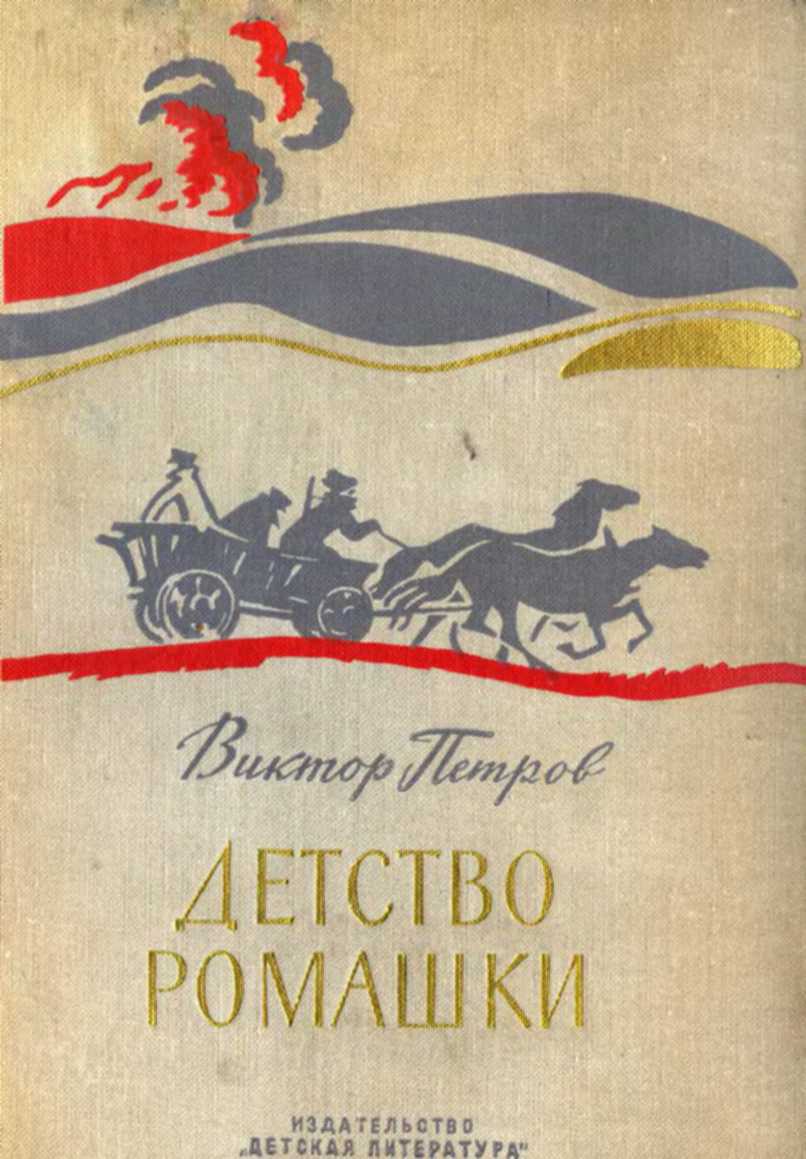Conqueror: Between East and West’, 83.
Rogers, ‘Mehmed the Conqueror: Between East and West’, 95, 92.
Rogers, ‘Mehmed the Conqueror: Between East and West’, 89.
Marshall G. S. Hodgson, ‘Cultural Patterning in Islamdom and the Occident’, in Rethinking World History: Essays on Europe, Islam, and World History, ed. Edmund Burke III (Cambridge: Cambridge University Press, 1993), 164.
Edmund Burke III, ‘Introduction: Marshall G. S. Hodgson and World History’, in Hodgson, Rethinking World History, xix.
Nancy Bisaha, Creating East and West: Renaissance Humanists and the Ottoman Turks (Philadelphia: University of Pennsylvania Press, 2006), 94.
Bisaha, Creating East and West, 58–60.
Bisaha, Creating East and West, 62.
Bisaha, Creating East and West, 46.
Aeneas Silvius Piccolomini (Pope Pius II), quoted in Bisaha, Creating East and West, 68.
Erasmus, Consultatio de bello Turcis inferendo (1530), quoted in Bisaha, Creating East and West, 175.
Kritovoulos, History of Mehmed the Conqueror, 181–182.
Lucette Valensi, The Birth of the Despot: Venice and the Sublime Porte, trans. Arthur Denner (Ithaca, NY: Cornell University Press, 1993), 23.
Dandolo’s report of 1562, quoted in Valensi, The Birth of the Despot, 28.
Valensi, The Birth of the Despot, 35.
Morosini’s report of 1585, quoted in Valensi, The Birth of the Despot, 73.
Malcolm, Useful Enemies, 202.
‘The Conquest of Tunis Series’, Tapices flamencos en España, Carlos de Amberes Foundation and Grupo Enciclo, http://tapestries.flandesenhispania.org/The_Conquest_of_Tunis_series.
Malcolm, Useful Enemies, 159.
Сципионе Аммирато, писавший для семьи Медичи во Флоренции, проанализирован в Malcolm, Useful Enemies, 182–183.
Niccolò Machiavelli, The Prince, trans. Ninian Hill Thomson (Digireads.com, 2015), 10.
Quoted in John J. Saunders, ed., The Muslim World on the Eve of Europe’s Expansion (Englewood Cliffs, NJ: Prentice Hall, 1966), 25.
Brotton, This Orient Isle, 176.
William Shakespeare, Richard II, 2.1.40–50.
Brotton, This Orient Isle, 1–7, 287.
Brotton, This Orient Isle, 287.
Daniel Vitkus, Turning Turk: English Theater and the Multicultural Mediterranean, 1570–1630 (New York: Palgrave Macmillan, 2003), chapter 4.
Nabil Matar, ‘Britons and Muslims in the Early Modern Period: From Prejudice to (a Theory of) Toleration’, Patterns of Prejudice 43 (2009): 213–231.
Christine Isom-Verhaaren, Allies with the Infidel: The Ottoman and French Alliance in the Sixteenth Century (London: I.B. Tauris, 2011).
Brotton, This Orient Isle, 5.
Процитировано в Susan Skilliter, ‘Three Letters from the Ottoman “Sultana” Safiye to Queen Elizabeth I’, in Documents from Islamic Chanceries, ed. S. M. Stern (Cambridge, MA: Harvard University Press, 1965), 119–157, здесь 131.
Quoted in Skilliter, ‘Three Letters from the Ottoman “Sultana” Safiye to Queen Elizabeth I’, 139, note 57.
Brotton, This Orient Isle, 8.
Marcus Gheeraerts the Younger, Portrait of an Unknown Woman, c. 1590–1600, oil on canvas, 216.2 x 135.5 cm, Hampton Court Palace, www.rct.uk/collection/406024/portrait-of-an-unknown-woman#/referer/682722/682750.
Для ознакомления с их жизнью см.: Nabil Matar, Islam in Britain, 1558–1665 (Cambridge: Cambridge University Press, 1998); Nabil Matar, Turks, Moors, and Englishmen in the Age of Discovery (New York: Columbia University Press, 1999).
Matar, Turks, Moors, and Englishmen in the Age of Discovery, 33.
Linda T. Darling, ‘The Renaissance and the Middle East’ in A Companion to the Worlds of the Renaissance, ed. Guido Ruggiero (Oxford: Oxford University Press, 2002), 55–69.
Morgan, Medieval Persia, 1040–1797, 77–78. Compare ‘Soltaniyeh’, World Heritage Centre, UNESCO, https://whc.unesco.org/en/list/1188; Tom Mueller, ‘Brunelleschi’s Dome’, National Geographic, February 2014, www.nationalgeographic.com/magazine/2014/02/Il-Duomo.
Finkel, Osman’s Dream, 82.
Rogers, ‘Mehmed the Conqueror: Between East and West’, 95.
Nicolas Vatin, ‘On Süleyman the Magnificent’s Death and Burials’, in The Battle for Central Europe: The Siege of Szigetvár and the Death of Süleyman the Magnificent and Nicholas Zrínyi (1566), ed. Pál Fodor (Leiden, The Netherlands: Brill, 2019), 433, 437.
Imber, The Ottoman Empire, 1300–1650, 116.
Encyclopaedia of Islam 2, s.v. ‘Djem’, by Halil Inalcik.
Isom-Verhaaren, Allies with the Infidel, 64–67.
Isom-Verhaaren, Allies with the Infidel, 88.
Isom-Verhaaren, Allies with the Infidel, 89.
Shai Har-el, Struggle for Domination in the Middle East: Ottoman-Mamluk War, 1485–1491 (Leiden, The Netherlands: Brill, 1995).
Karamustafa, God’s Unruly Friends, 1–2.
Inalcik, The Ottoman Empire, 187.
Karamustafa, God’s Unruly Friends, 63.
Ahmet Yaşar
